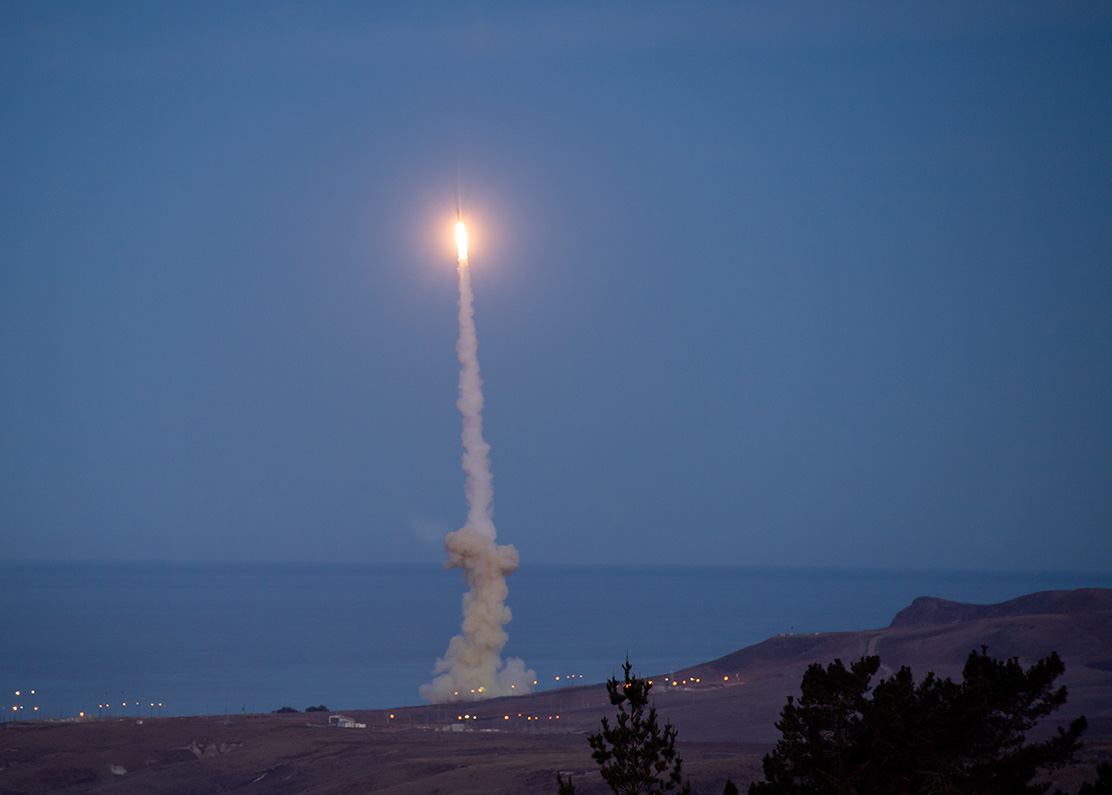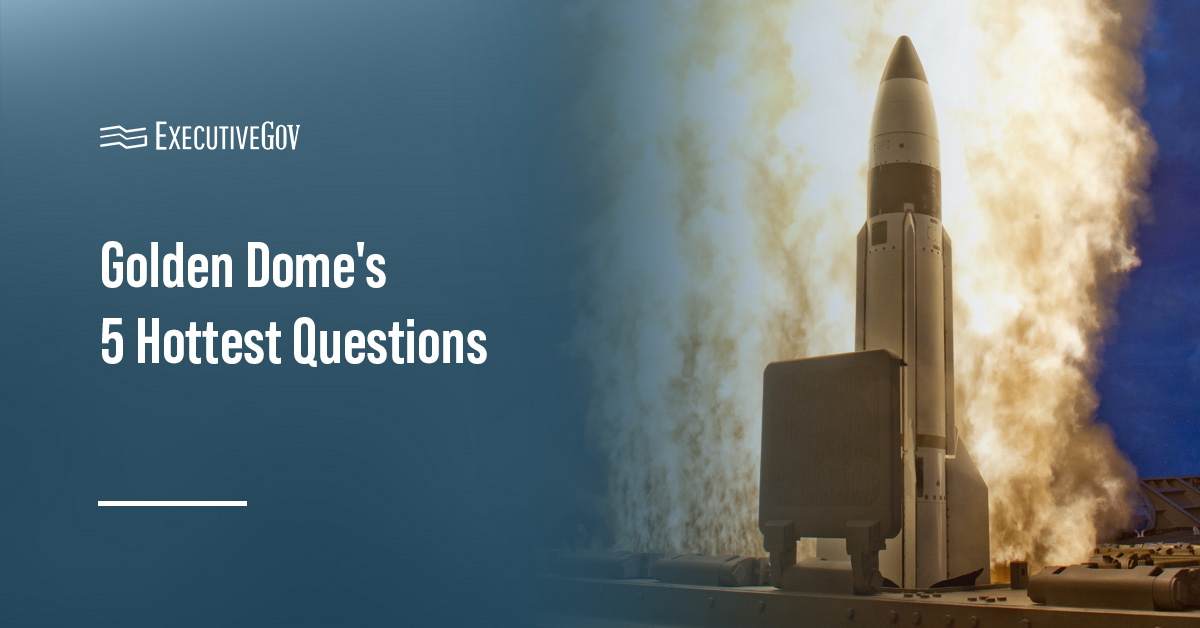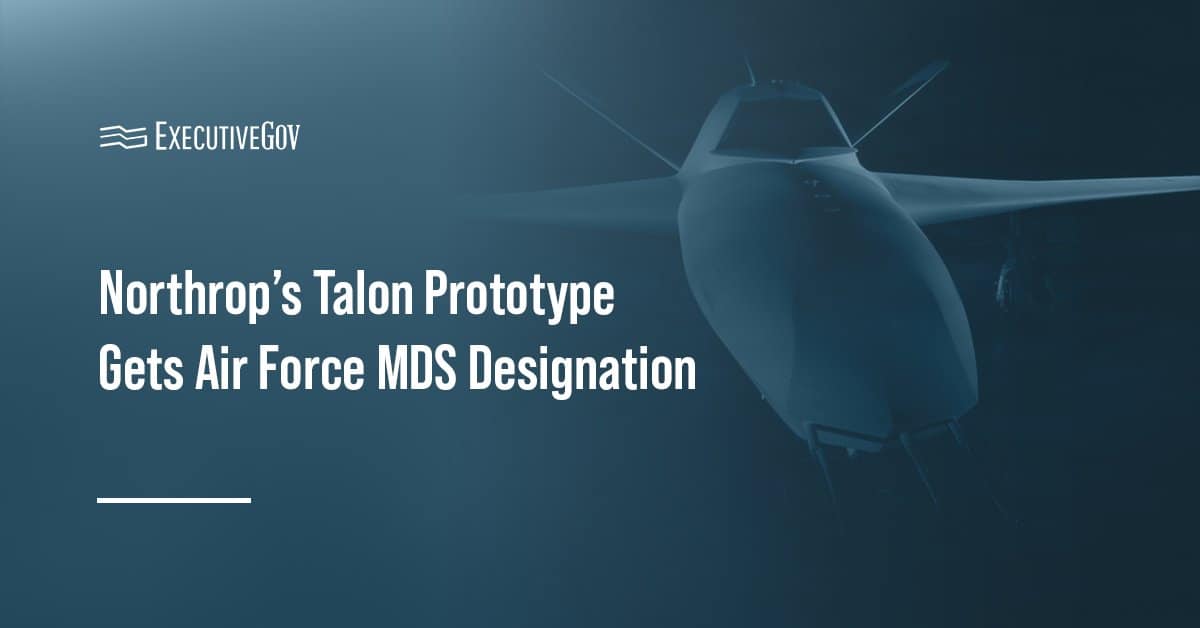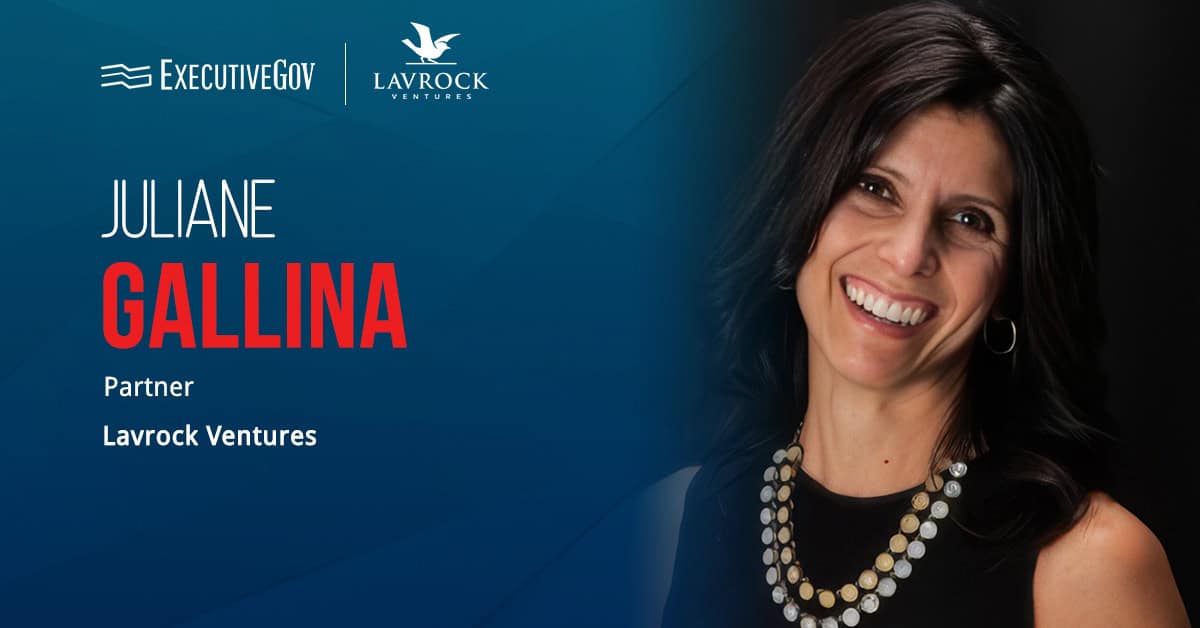Golden Dome, President Trump’s proposed homeland missile defense system, is the hottest topic of conversation among GovCons. Contracting professionals are asking how they can best position their companies for contracts from this three-year, $175 billion effort that received a $25 billion downpayment in the president’s reconciliation legislation.
The news is getting even better—DOD is expanding Golden Dome partnership opportunities beyond simply SpaceX, according to Reuters. While SpaceX figures to remain a central contractor in Golden Dome, DOD leadership is open to other companies such as commercial tech firms, research labs and international partners, and not just traditional defense companies.
DOD looks to be embracing regular competition for Golden Dome. This would allow companies who miss out on contracts in earlier competitions to remain in contention as development progresses.
DOD is clamping down on government officials speaking publicly about Golden Dome. This makes the Potomac Officers Club’s 2025 Navy Summit on August 26 the premier GovCon event for contractors looking to find out more about partnership opportunities with this highly-anticipated weapon system! Learn more about the Navy’s role in Golden Dome during our lunchtime industry panel. Discover which technologies the department will first prioritize for competition. Secure your seat today and prepare your GovCon firm for Golden Dome success in FY 2026!
So what are the 5 hottest questions GovCons are asking about Golden Dome? Let’s dig in.
Table of Contents
Who Makes Golden Dome?
No one, yet. DOD has yet to issue formal business opportunities for Golden Dome. SpaceX is considered the front runner because of its advanced and cheap launch capabilities, but other launch developers such as Rocket Lab and Stoke Space will be in the running for individual launches as the program matures.
A big hurdle preventing DOD from issuing solicitations for Golden Dome is that it hasn’t developed a program blueprint. The department said on July 22 that it plans to publicize an objective architecture for the system in 60 days.
News is starting to trickle out on which technologies or capabilities companies will offer. Lockheed Martin is interested in offering a space-based interceptor, according to Breaking Defense. The space-based interceptor concept consists of thousands of tiny satellites orbiting earth that are really small rockets about three feet in length.
They would target an enemy’s ballistic missile headed toward the U.S. and would engage it at the edge of space, just above earth’s atmosphere. The space-based interceptor idea was called “Brilliant Pebbles” under former President George H.W. Bush in the late 1980s and early 1990s.
Other newer defense firms such as Anduril and Palantir are reportedly in the running for Golden Dome contracts. Traditional defense contractors Raytheon and L3Harris could also benefit, according to Morningstar.

in DOD’s Golden Dome missile defense system. Photo: Missile Defense Agency.
Will Golden Dome Cover California?
Yes. Golden Dome is to provide comprehensive protection to the U.S. homeland, according to the Carnegie Foundation for International Peace think tank. Trump’s executive order issued earlier this year also suggests that Golden Dome could extend to protect forward-deployed troops and U.S. allies in Europe and Asia.
Canada could also be part of Golden Dome, CBC has reported. While it is unclear which technologies Canada would contribute, how much it would pay or its potential responsibilities, the Canadian government has confirmed it is in discussions with the U.S. as part of overarching national security and trade talks between the neighbors.
Can Golden Dome Work?
Experts are more optimistic about Golden Dome’s space-based interceptor technology working better in 2025 than it did when first proposed by former President Ronald Reagan in the 1980s. Missile defense technology has greatly evolved since the ’80s and DOD has a range of air and missile defense systems deployed with many next-generation programs in development, according to the American Enterprise Institute think tank. These are likely to be where the department starts with Golden Dome.
The system’s command and control and sensing technologies will be complex, but realistic, AEI says. Advances in commercial technology have made satellites cheaper, smaller and more capable than ever. The Space Force is also in the early stages of using commercial space technology in its own next-generation satellite constellations.
The most technically challenging portion of Golden Dome—intercepting missiles in flight, or hitting a bullet with a bullet, is more feasible than ever. The Ground-based Midcourse Defense, or GMD, system is now operational with 44 missiles fielded in total between California and Alaska. Other missile defense interceptors, such as Patriot; Terminal High Altitude Area Defense, or THAAD, and Standard Missile-3s may also play a role in Golden Dome.
Space-based interceptor technology is much more mature than it was 40 years ago. The missile homing and tracking capability developed as part of GMD fits well in a space-based interceptor.
How Would Golden Dome Work?
While the details are still being determined, Golden Dome’s overarching strategy is creating a network of satellites that could number in the hundreds to detect, track and possibly intercept incoming missiles. The program is modelled after Israel’s Iron Dome, an all-weather system that deploys guided missiles to intercept rockets and other short-range munitions.
Golden Dome would be much more expansive than Iron Dome and would include an extensive array of surveillance spacecraft and a separate fleet of offensive-postured satellites that would shoot down incoming missiles.
When Will Golden Dome Be Awarded?
It’s unclear when DOD will start awarding Golden Dome contacts, but it’s a safe assumption to expect contract awards to begin sooner, rather than later. The program is arguably President Trump’s top military initiative and $25 billion has already been appropriated for the program.
The program has received support from powerful lawmakers. Sens. Kevin Cramer of North Dakota and Dan Sullivan of Alaska in February introduced a bill called the Golden Dome Act proposing nearly $20 billion for Golden Dome in FY 2026.
Learn more about Golden Dome acquisition strategy and contract award timelines at the Potomac Officers Club’s 2025 Navy Summit on August 26! Be the first to learn about subcontracting opportunities. Hear more about new Golden Dome requirements involving the Navy during our lunchtime panel. Strike up collaborations with other GovCon titans to reach for that big contract. Register here to land new GovCon business!






